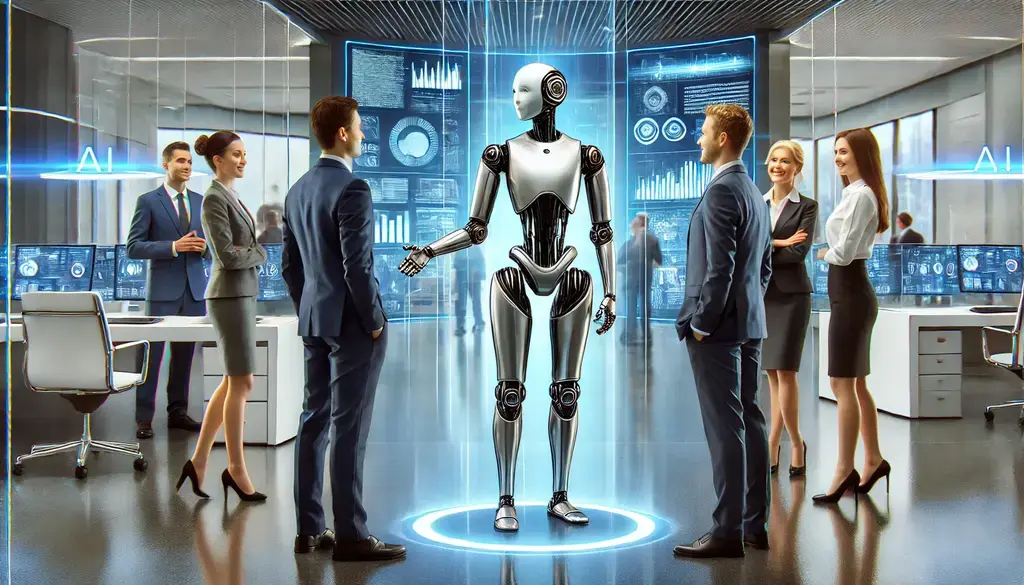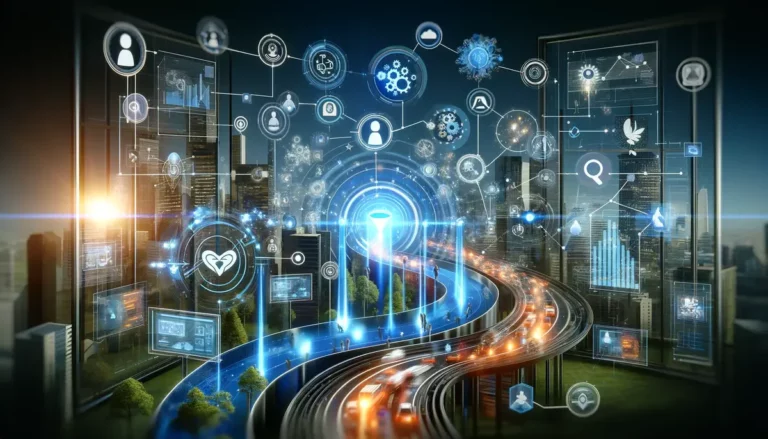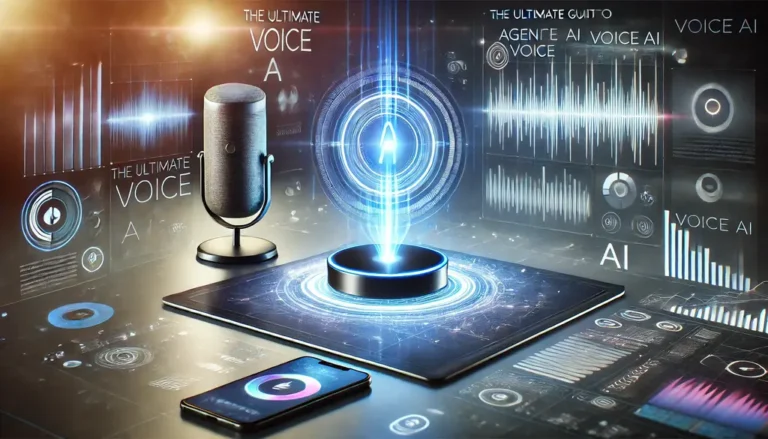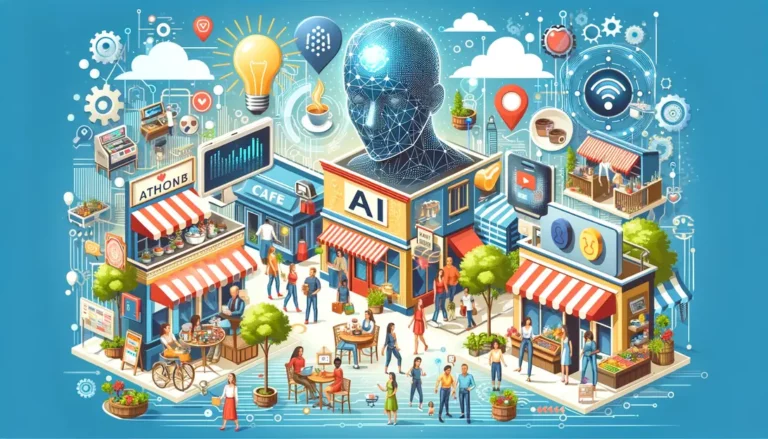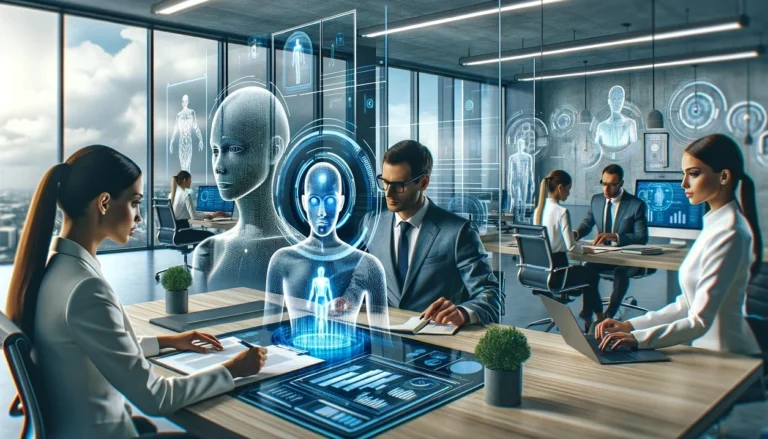Business communication can be a nightmare; endless emails, missed messages, etc., it’s exhausting. But you can get rid of everything with AI.
AI can quickly transform how businesses connect with customers, partners, and team members. It can remove the busywork so you can focus on what really matters.
If you’ve ever wished for faster responses, clearer messages, or less back-and-forth in your day, this guide is for you. I’ll walk you through how to use AI for business communication in a way that feels personal, professional, and—most importantly—effective.
So, let’s begin!
Why AI’s a Big Deal for Talking Business
Ever had one of those nights where you’re staring at a blinking cursor, brain-fried, with a dozen messages still to send? I’ve been there, chugging lukewarm tea, wishing for a shortcut. That’s where AI steps in—it’s not about replacing you, it’s about giving you a boost. Your words get crisper, your day gets shorter, and your customers notice the difference.
Big companies are already hooked. I read in a McKinsey report that businesses using AI see up to 45% more efficiency in various professions. That’s not just stats—that’s time back in your pocket. Whether you’re curious about AI for greetings or speeding up replies, I’ve got your back.
What AI Can Pull Off for Your Communication
So, what’s AI bringing to the table? Picture it as your tireless helper. Here’s what it’s got:
- Emails and Notes: It cranks out drafts, adjusts the mood, and tosses reply ideas your way.
- Greetings: Need a “Hey, welcome!” or a “Happy Holidays!” that lands just right? AI’s your guy.
- Customer Help: Chatbots jump in for the easy stuff, leaving you free for the big wins.
- Content Sparks: Blogs, social blurbs—AI throws out ideas and buffs them up.
- Personal Vibes: It digs into data to make every message feel like a one-off.
I still remember my first stab at an AI email. I thought, “No way that’ll sound like me,” but with a quick tweak, it was golden—and I hit send in record time. That’s the trick with how to use AI for business communication: It’s a launchpad you shape.
Hands-On Tips to Rock AI Communication
Let’s get down to business. Here’s how I’ve made AI work for me—and how you can too—with tools I’ve actually used.
1. Ace Your Greetings
First impressions stick. I’ve used AI-generated business greetings, Grammarly, and Jasper to whip up business greetings with AI that feels real and sharp.
Here’s How: Tell it, “Write a short, cozy welcome for someone who just bought a scarf.” Then add your twist—like, “Hope it keeps you snug!” I tried this for a Christmas email blast, and people couldn’t stop talking about how nice it was.
2. Slash Email Drudgery
Emails used to drain me. Now, I lean on ChatGPT or Copy.ai to bang out drafts fast. AI cuts reply time more than we could imagine.
Here’s How: Say, “Draft a nice no to a meeting but offer another slot.” Toss in something personal—like, “Looking forward to catching up!” I did this for a client pitch, added a little inside joke, and sealed the deal.
3. Let Chatbots Take the Wheel
Chatbots, such as Zendesk’s Answer Bot or Intercom, handle the “Where’s my stuff?” questions while I snooze.
Here’s How: Load it with your top questions and give it a test run. I set one up for a friend’s shop, and her email pile shrank fast.
4. Personalize Without Breaking a Sweat
AI can peek at customer habits—like what they buy—and tweak messages to fit.
Here’s How: Split your crowd into “regulars” and “newbies,” then let AI tailor the words. I’ve watched reply rates climb when folks feel special.
Tools I Swear By
Lost in the options? Here’s what’s worked for me:
- Grammarly: Keeps emails tight and friendly.
- Jasper: My go-to for creative kicks like posts.
- ChatGPT: Does it all, from drafts to brainstorms.
- Zendesk: Chatbots that save the day.
- Canva’s Magic Write: Snappy text for visuals.
Most have free tries—pick one and mess around!
Screw-Ups to Skip
I’ve flubbed this enough to warn you:
- Blind Faith: AI’s not foolproof. Read it over.
- Boring Output: Straight AI can be blah. Make it yours.
- Data Whoops: Some tools keep your words—peek at their rules if it’s hush-hush.
I once let a chatbot loose too soon—it wished someone “Happy Easter!” in August. Test first, trust me.
Where This Is Headed
Here’s the cool part: AI’s got big plans. Forbes hints at live translations and mood-guessing tech soon. Imagine chatting up a client in French, no sweat.
For now, try AI for business communication. Play, tweak, and watch it click—it’s like seasoning a stew until it’s just right.
Take the Leap
What do you think? Are you ready to give it a shot? Try something small, like an AI for business greetings test with Grammarly, this week. Let me know how it lands—I’m dying to hear your stories (and bloopers—I’ve got plenty!).
Using AI isn’t just trendy—it’s a total win. Once you’re in, you’ll kick yourself for waiting. Let’s make your words pop, side by side.
FAQs
I’ve heard these a bunch, so here’s my take:
How Do I Keep It Me?
Show AI your style—say, “Make it laid-back and fun,” and tweak what it gives you. It’s your vibe with a boost.
Are AI Greetings Stiff?
Not if you jazz them up! AI hands you the start; you bring the heart. A client once said my AI note felt “so me”—I just added my touch.
What’s Best for a Small Fry?
Tight budget? Grammarly or ChatGPT’s free versions are gold. They grow with you.
Can AI Tackle Tricky Stuff?
It can kick things off—like a sorry note—but you double-check the feeling. Machines don’t nail softness yet.

